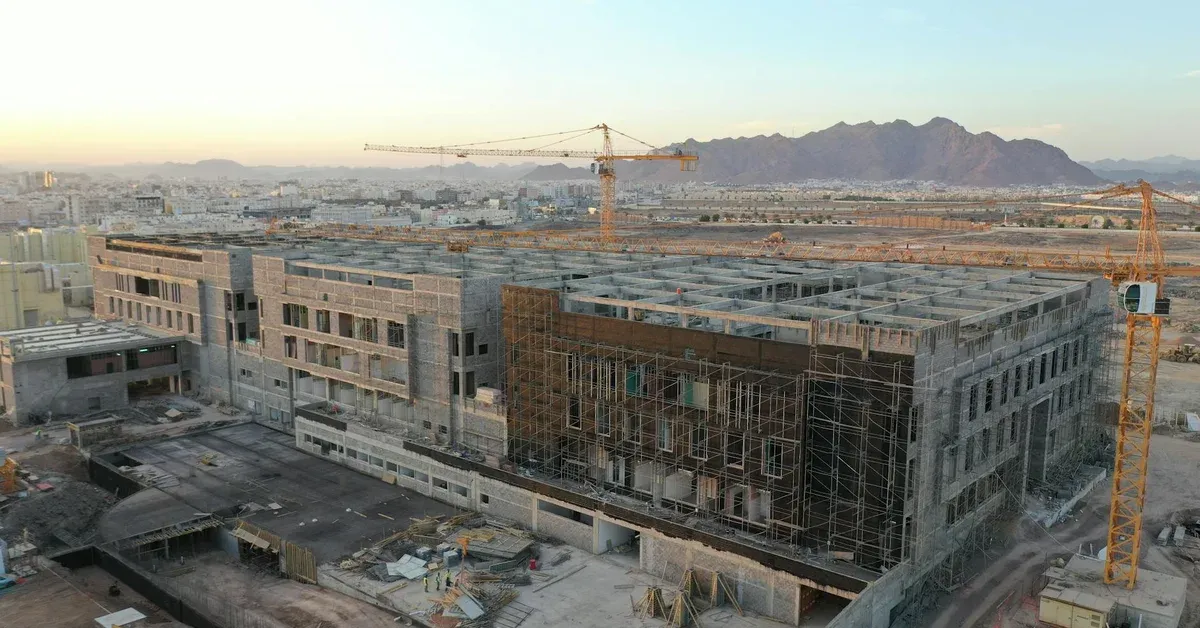
Forget casts and lengthy recoveries. Korean scientists have taken the humble hot glue gun, beefed it up with some serious biomedical wizardry, and created something straight out of sci-fi: a bone-healing gun. This isn’t your grandma’s craft project. It’s a handheld device that can print custom bone scaffolds directly onto fractures, promising to slash healing times and revolutionize orthopedics. It’s where low-tech inspiration meets high-stakes medical innovation.
The Material That Builds Bone
The magic happens when this blend heats to 60 degrees Celsius, similar to standard hot glue. This safe temperature lets surgeons squeeze the material directly onto fractures during surgery, molding it into custom implants on the spot. As it cools, it hardens into a stable framework that supports bone while encouraging natural regrowth.
Over time, as new bone cells grow and strengthen, the scaffold gradually breaks down, leaving only your own regenerated tissue. Traditional methods like metal implants or bone cement often cause complications. They’re expensive to make, hard to customize for individual patients, and sometimes lead to longer recovery times or infections. The bone-healing gun offers a faster, more adaptable alternative. Early trials in rabbits with severe femoral fractures showed significantly faster healing and better tissue integration compared to conventional bone cement.
Printing Bones on Demand
The inspiration might be humble, but the engineering challenges weren’t. Developing a handheld 3D printer that could work with surgical precision in a live operating room required careful design. Researchers had to ensure the device could handle complex fracture shapes, creating stable, personalized bone grafts with consistent material flow and rapid hardening. It’s taking on-the-spot customization from your local hardware store to the frontiers of human medicine.
One key challenge was ensuring accuracy and consistency. Anyone who’s wrestled with a finicky 3D printer knows this struggle. The team, including biomedical engineering researcher Jung Seung Lee, carefully refined their biocompatible filament proportions. They made sure it melted smoothly, bonded securely to bone, and stayed strong throughout the critical healing phase. This blend of material science and precision mechanics transforms a simple gun into a sophisticated fracture treatment tool.
This portable innovation represents a major shift from current complex bone fracture treatments, which often use pre-made implants that may not perfectly fit a patient’s unique anatomy. The ability to print a custom scaffold in real-time opens new doors for truly personalized medicine. Surgeons can now tailor repairs to the exact contours of the damage, potentially leading to better healing and function for patients.
The Future of Bone Repair
This bone-healing gun’s impact goes far beyond mending broken femurs. Picture a future where serious bone injuries, from sports accidents to age-related fractures, get treated with minimal invasion and dramatically reduced recovery periods. This technology could reshape orthopedic medicine, moving toward quicker, more effective interventions that get patients back on their feet faster. The potential for reducing hospital stays and rehabilitation costs is huge, impacting healthcare systems worldwide.
As this technology moves toward human trials and international partnerships, adoption challenges will emerge. Regulatory bodies will examine its safety and effectiveness, and medical professionals will need extensive training. However, the promise of faster healing, fewer complications, and a more personalized approach to bone repair provides powerful motivation. It points to a future where regenerative medicine isn’t just a buzzword, but a real, trigger-activated tool in the operating room.
This development is part of a broader trend in medical technology, where precision engineering and advanced materials converge to solve complex biological problems. From bioengineered organs to smart implants, science constantly pushes the boundaries of what’s possible for the human body. The bone-healing gun reminds us that sometimes, the most revolutionary solutions emerge from the most unexpected inspirations.